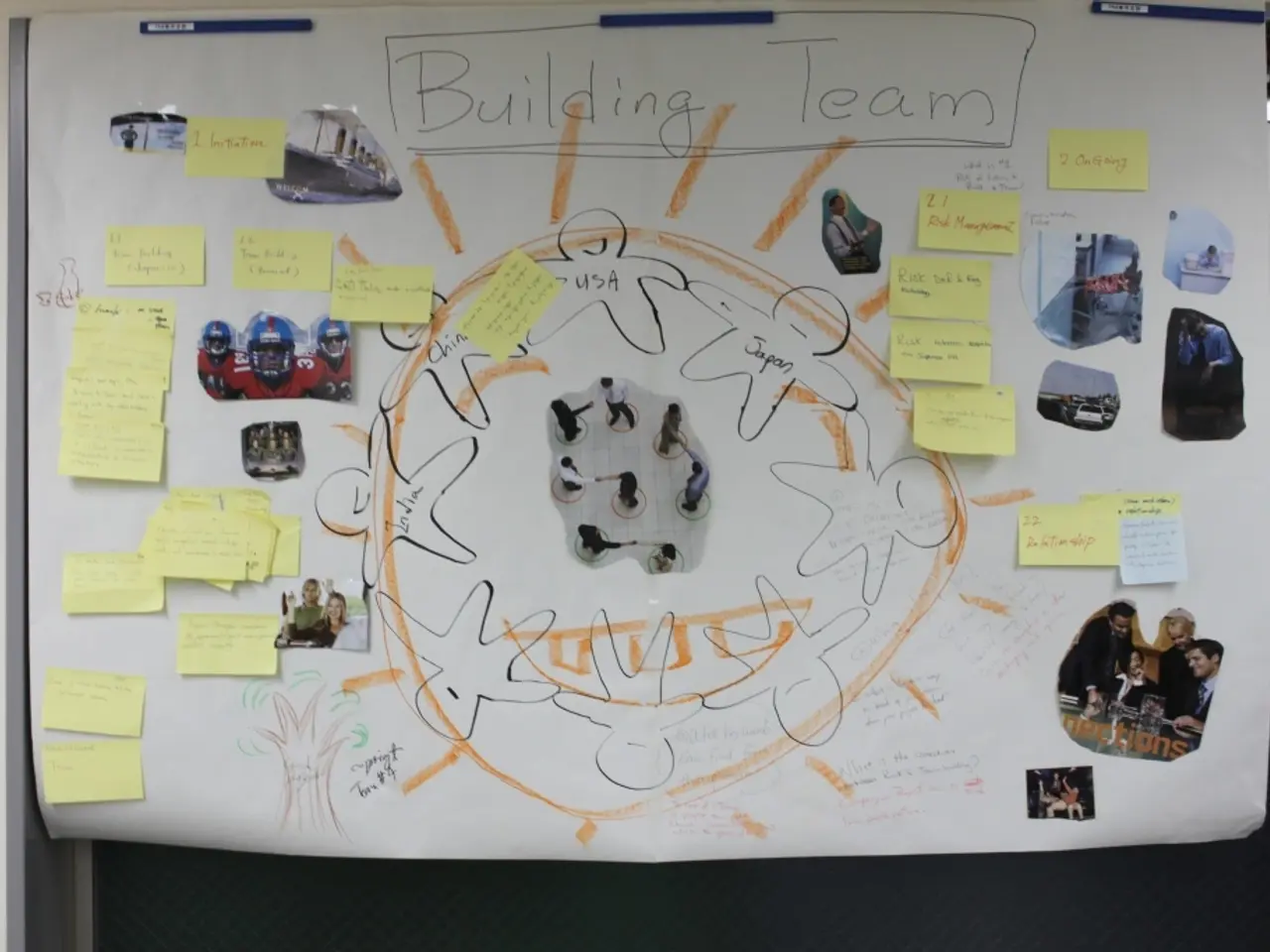Protection of Employee Rights and Benefits Achieved by Workers Compensation System
Hey there! Let's dive into the world of workers' comp, shall we?
Workers' comp is a vital part of the workplace scene. It's designed to lend a helping hand when employees get hurt or sick on the job. The system offers financial assistance, covering medical expenses and some of the lost wages during recovery. Here's a lowdown on the nitty-gritty, from common workplace injuries to the claims process and what happens when things go awry.
Common Workplace Woes
From falls and strains to exposure to harmful substances, workplace injuries come in all shapes and sizes. Some typical misfortunes include:
- Slips, trips, and falls
- Strains and sprains
- Repetitive stress injuries like carpal tunnel syndrome
- Cuts, punctures, and lacerations
- Fractures and broken bones
- Burns
- Exposure to harmful substances
Promptly reporting any injury or illness related to work is key!
Compensation Scope
Workers' comp usually includes:
- Medical expenses coverage, such as doctor visits, hospital stays, surgeries, medications, and physical therapy
- Wage replacement (a percentage of lost income)
- Disability benefits (temporary or permanent)
- Vocational rehabilitation for getting back to work or learning a new job
- Death benefits for surviving family members in case of fatal injuries
Claims: From Injury to Aid
Filing a workers' comp claim is a crucial step towards the aid you need. The process kicks off when you report the injury to your employer, who will then provide necessary paperwork for the claim. Be ready to cooperate as the employer's insurance carrier reviews the claim and decides whether to approve or deny the benefits.
Sometimes, the claims process can get bumpy. Employers or their insurance providers might dispute a claim or question its validity, making it important to have a clear record of the incident and medical documentation supporting your case. Legal professionals might come in handy in such situations, ensuring your rights are safeguarded.
The Denied Claim Dance
Although workers' comp is meant to support injured employees, claims can sometimes be denied. This could be due to insufficient evidence, missed deadlines, disputes over work-relatedness, or improper procedures.
Worried? Don't be! Most states offer an appeals process for denied claims. In this case, collecting additional evidence and working with an attorney experienced in workers' comp law can help navigate the challenging waters of the appeals process.
Wrap Up
Understanding workers' comp rights, the claims process, and common workplace injuries can help secure the benefits you rightfully deserve. Workers' comp serves as essential protection for both employees and employers, ensuring a safe and supportive work environment. Educate yourself, stay vigilant, and remember, prompt action can help ease the strain caused by workplace injuries.
Science shows that a healthy lifestyle, including fitness and exercise, can significantly reduce the risk of workplace injuries and improve workplace wellness. Incorporating health and wellness initiatives into the workplace, such as providing gym memberships, offering nutrition counseling, and encouraging regular breaks for stretching and movement, can help employees maintain their physical fitness and mental well-being, thereby reducing the likelihood of injuries and improving overall productivity.





